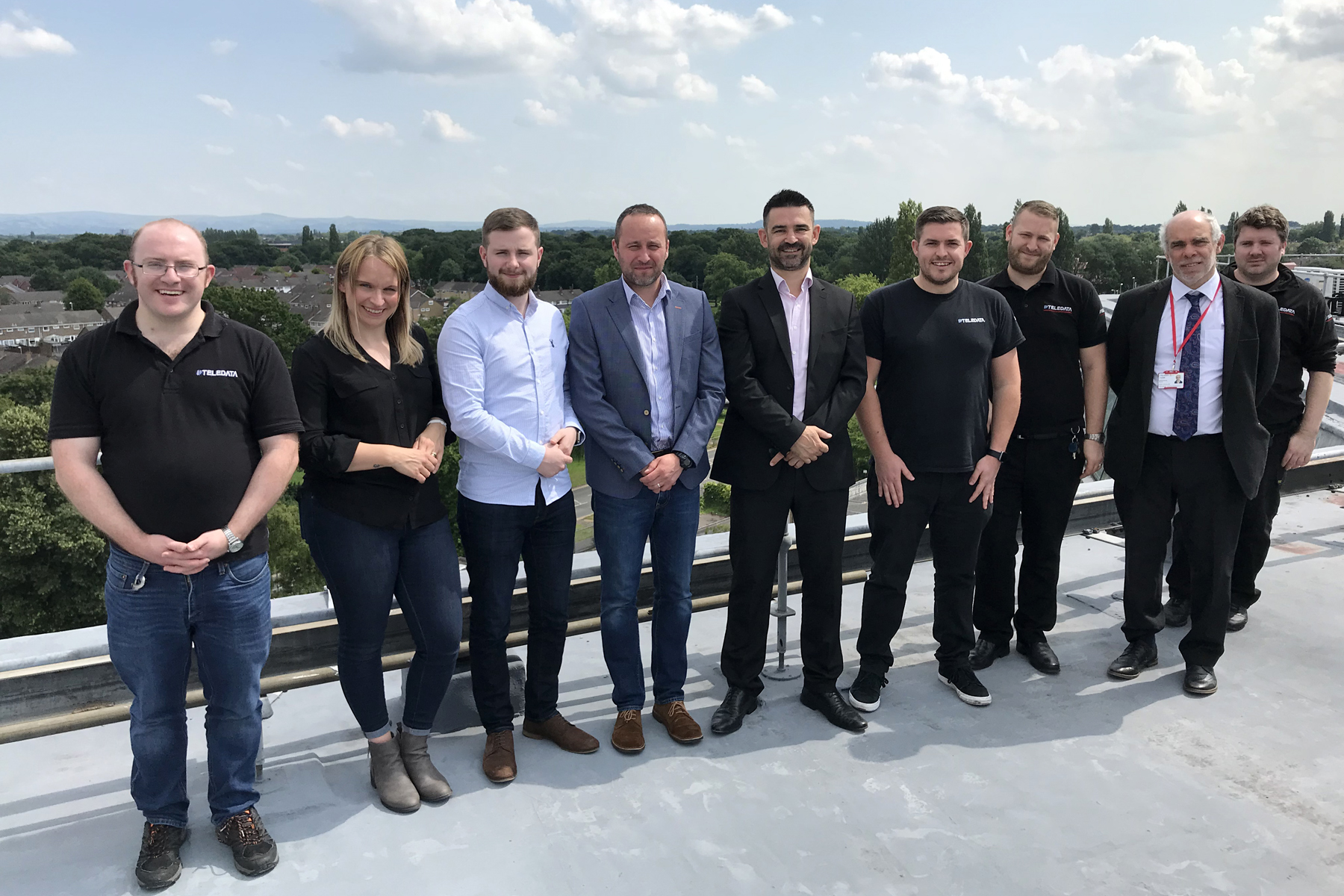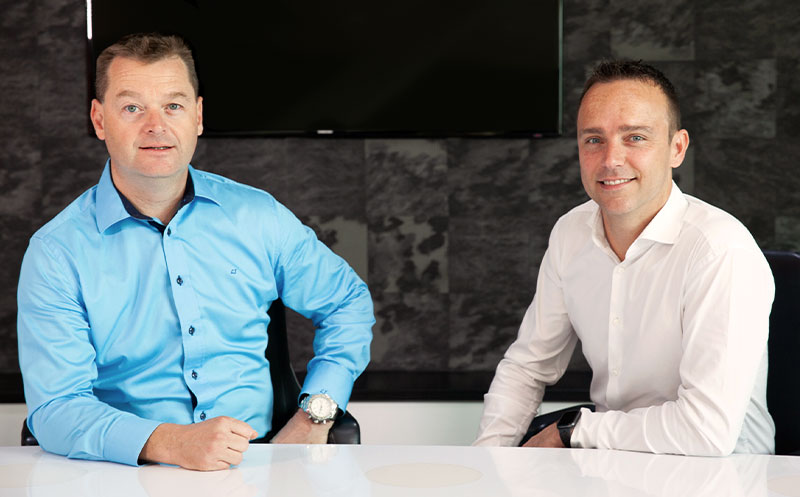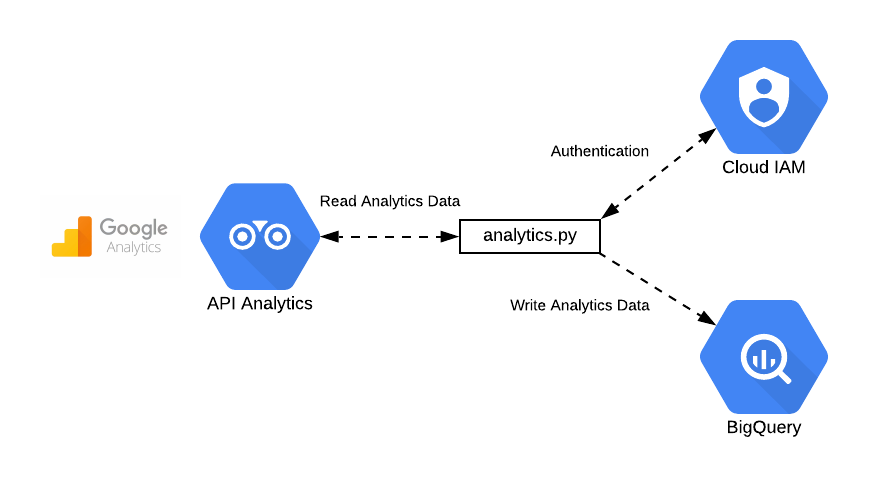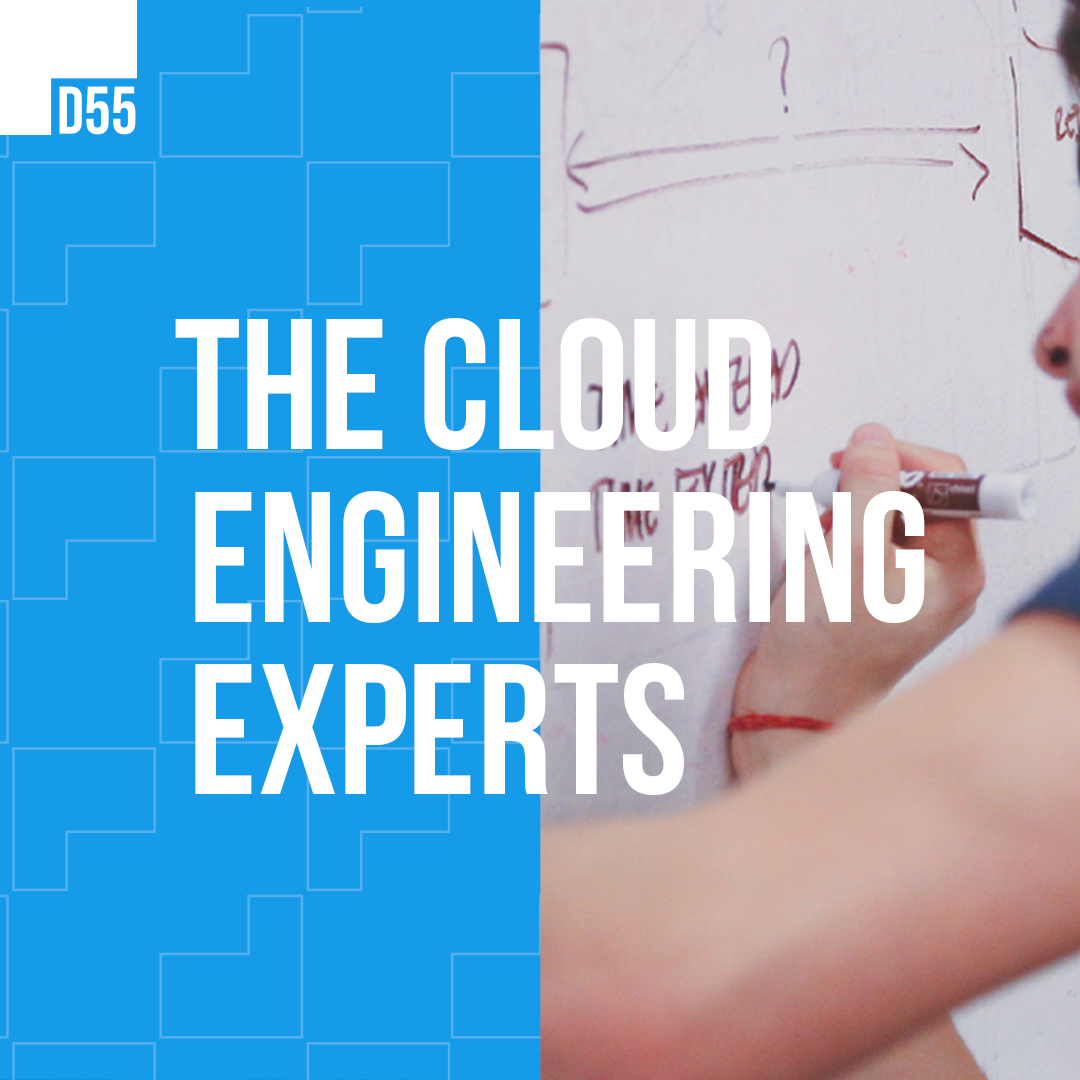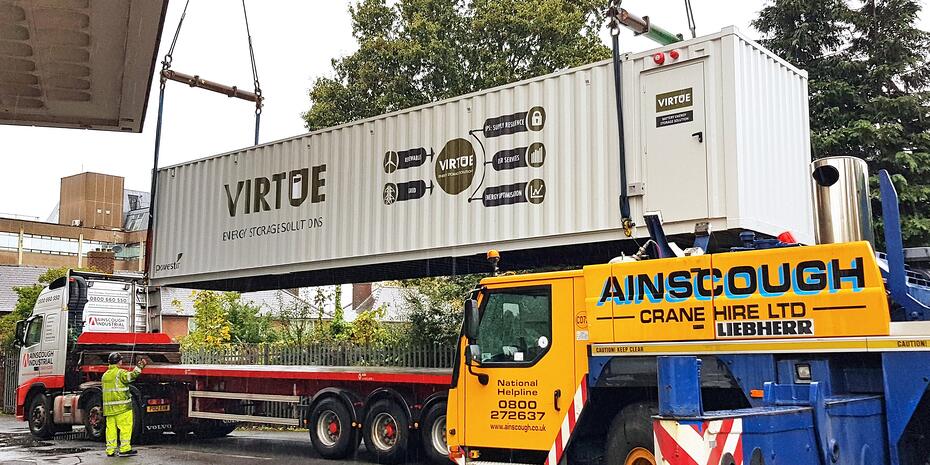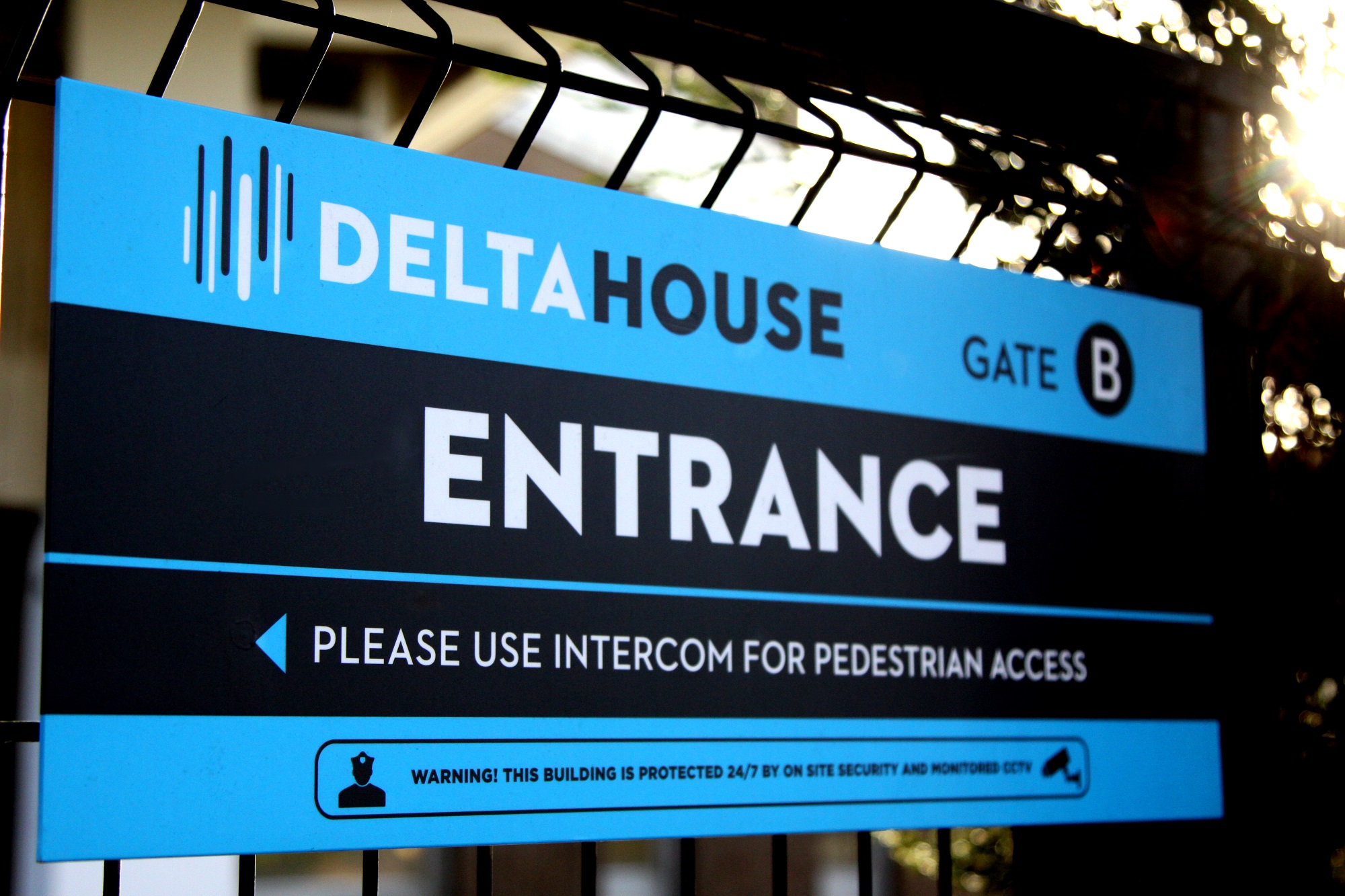
ERP systems have been the backbone of global organizations as far as operations are concerned. It is estimated that the ERP software industry will grow to over $147.7 billion in 2025 with more than 3.8 million businesses implementing ERP solutions.
However, in the dynamic economy of 2025, the underlying design of the traditional, monolithic architectures is being stretched to its breaking point. They are naturally inflexible which slows down innovation and responsiveness to the market. Consequently, such legacy platforms are becoming more of a strategic innovation barrier than an enabler.
In an attempt to overcome these shortcomings, a new architectural paradigm is evolving: Composable ERP.
It is a strategic change toward a modular, flexible system built of interoperable software components called Packaged Business Capabilities (PBCs). This methodology allows organizations to create a technology stack that exactly fits their strategic plans and needs by being business-driven and API-first in their approach.
The Limitations of Monolithic ERP Architectures
The original pitch of monolithic ERP was strong: a one-stop solution to all the main business processes. This integration was meant to simplify operations and give a complete picture of the business. Although it fulfilled this promise to a degree, it did so at a very high price, and the limitations of this monolithic base are proving to be hard to overlook.
1. Rigidity and Inflexibility
Monolithic ERPs were created to be steady, not dynamic. The system goes through a lengthy and painful implementation process where business processes are hard-coded into the system.
In case of the market changes, the emergence of a new business model, or the optimization of a process, altering the ERP is an enormous task. This usually results in ineffective work-arounds and failure to take advantage of new opportunities promptly.
2. Slow and Risky Innovation
Interested in using the newest AI-based forecasting tool or a new IoT feature in your supply chain? When you have monolithic ERP, you find yourself dependent on the development roadmap of your vendor.
Upgrades are huge, being exceptionally risky, expensive, and disruptive. By the time an upgrade is in place, the “new” technology it brings may be standard or even obsolete.
3. Sky-High Total Cost of Ownership (TCO)
The cost of a monolithic ERP goes way beyond the upfront cost of licensing. The actual expenses are in the high level of customization required to tailor the system to the business, the years-long implementation schedules with armies of consultants, and the high recurring expenses of maintenance and support.
Moreover, an effort to bridge the monolith to other modern, best-of-breed applications would lead to brittle, custom-code integrations that are a nightmare to maintain and often break when the system is updated.
4. Crippling Vendor Lock-in
When monolithic ERP is deployed, it becomes ingrained into each and every aspect of the company. The cost, risk, and complexity of moving onto another system is prohibitively high to the point of impossibility. This produces a formidable vendor lock-in, where the business has minimal bargaining power and is subject to the pricing, support policies and strategic orientation of the vendor.
Composable ERP: A New Architectural Approach
Composable ERP is a progressive architectural approach that essentially redefines the use and management of enterprise technology. It represents a clear departure in the use of monolithic software suites in favor of a flexible environment that is built using a portfolio of best-in-class services.
By 2027, it is estimated that about 75% of the businesses in the world will begin to phase out the old monolithic ERP systems and use a modular architecture. The basic building blocks of this model are Packaged Business Capabilities (PBCs) – encapsulated and independently deployable software components that are a reflection of specific business functions. A number of principles govern the successful orchestration of these components:
1. Modularity
Modularity implies that the ERP is composed of small, self-enclosed modules named Packaged Business Capabilities (PBCs). All PBCs are responsible to address a single business process, such as order management or financial reporting.
This architecture decouples the modifications and teams can update, improve, or substitute a specific module without affecting the whole system. It avoids the ripple effect of failures that monolithic systems are prone to and promotes parallel development, which speeds up the innovation and lowers the risk of deployment.
2. API-First Architecture
This rule determines that the functionality of every module is made visible via well documented, safe and durable Application Programming Interfaces (APIs). APIs serve as the global language, which helps various PBCs to interact and share data without any imperfection. This establishes a plug-and-play ecosystem, in which new services can be simply added to it, and the data flow becomes seamless across all your business applications.
3. Cloud-Native Foundation
The composable solutions are natively cloud-based, and they take advantage of clouds such as Software-as-a-Service (SaaS) or Platform-as-a-Service (PaaS). The advantages of this foundation include automatic scalability to meet the varying demand, high availability to support business continuity, and global access. It also transfers the expense of big initial capital investment (CapEx) to more controllable day-to-day subscription fees on operations.
4. Business-Centric Design
This method has the benefit of realigning technology to support particular business objectives as opposed to trying to make processes fit an existing system. PBCs can be selected and assembled by teams to produce distinct customer experiences, or to streamline processes that really stand them out in the market. This enables the business to drive technology choices, so that the resulting ERP architecture is a strategic asset that directly creates competitive advantage and business results.
Strategic Advantages of the Composable ERP Model
76% of IT leaders are aware of composable ERP, and 84% plan to invest in it in the near future. The move to a composable ERP model brings a set of formidable benefits that effectively override the shortcomings of monolithic systems. These advantages go well beyond just technical upgrades, as they are core improvements in the operational resilience of an organization.
1. Increased Operational Agility and Market Responsiveness
This model enables organizations to respond to the market dynamics faster than ever before. Agility can be achieved by being able to put together and roll-out new business capabilities within weeks.
With this fast turnaround of experimentation and implementation, businesses can take first-mover advantages, change direction, and decrease the risk of experimenting with new business models. ERP modules powered by AI technology have enhanced the accuracy of forecasting by 35% and increased operational efficiency by 40%.
2. Adoption of Best-of-Breed Solutions
Is your ambition to track the carbon footprint of your manufacturing process and supply chain? That will soon be business as usual in your ERP.
3. Portability of workloads between AWS, Azure, and GCP
Composability frees an enterprise of the functional trade-offs that are a part of single-vendor suites. It allows a strategic approach of choosing market leading applications in each particular business area, especially where these applications are essential in creating competitive differentiation. As an example, an enterprise can combine a best-in-class supply chain optimization engine with a more effective CRM platform instead of accepting the mediocre components of a single ERP.
4. Optimized Total Cost of Ownership (TCO)
This architecture radically redesigns the enterprise technology financial model. It alleviates the necessity to make huge initial capital investments in licenses and switches to a more flexible operating expenditure model of predictable subscriptions. Costs further are streamlined by minimizing the use of costly and specialized consultants to perform custom development and maintenance.
5. Technological Future-Proofing and Continuous Innovation
A composable architecture is evolutionary in nature, and this circumvents the threat of technological obsolescence. When new technologies such as generative AI or state-of-the-art IoT analytics become feasible, they can be added or replaced by new specific PBCs without the need to overhaul the system as a whole. This separates the innovation cycle of specific business functions with the monolithic core, enabling the organization to constantly embrace new modern capabilities.
Roadmap for Transitioning to a Composable Architecture
The shift to composable architecture is an ambitious strategic project, which should be organized and implemented step-by-step.
1. Strategic Realignment and a Product-Centric Approach
This first step involves a major culture change, a shift of the implementation-based culture to a product-based culture of ongoing evolution. It consists of forming cross functional teams that are aligned to particular business capabilities or value streams. These teams have the ownership of the entire lifecycle of their respective PBCs, and this makes sure that the technology investments are directly and continuously aligned with the business outcomes.
2. Phased Deconstruction Using a Pace-Layered Strategy
A “big bang replacement” is too risky. Rather, organizations are encouraged to use a staged model, like that of Gartner, the Pace-Layered Strategy, to group applications according to their level of change.
This framework helps prioritize modernization efforts, focusing first on Systems of Differentiation and Innovation where agility provides the greatest competitive advantage, while cautiously managing stable Systems of Record.
3. Establishment of a Robust Integration Framework
The interoperability of a composable ecosystem depends on a strong core of integration. Organizations will need to invest in modern architecture, usually an Integration Platform as a Service (iPaaS) or a complex API gateway. This central nervous system controls the API lifecycle, maintains data consistency, enforces security policy and offers the governance required to smoothly communicate between different PBCs.
4. Execution via Incremental Modernization
The “Strangler Fig Pattern” provides a proven technical execution model. This involves incrementally replacing functionality by identifying a specific business domain, building its replacement as a new PBC, and redirecting traffic. This process is repeated domain-by-domain, gradually “strangling” the legacy monolith until it can be safely decommissioned, ensuring continuous value delivery and minimizing operational risk.
Conclusion
The transition from monolithic systems to Composable ERP is not a mere technological upgrade but a strategic imperative for enterprises navigating the 2025 business landscape. Legacy architectures lack the agility required for modern competition, whereas a modular, API-first approach enables the construction of a resilient and adaptable technology ecosystem. This directly empowers businesses to innovate with greater velocity, ensuring they can secure a sustainable competitive advantage in an ever-evolving market.
To know more, explore our innovative digital solutions or contact us directly.
